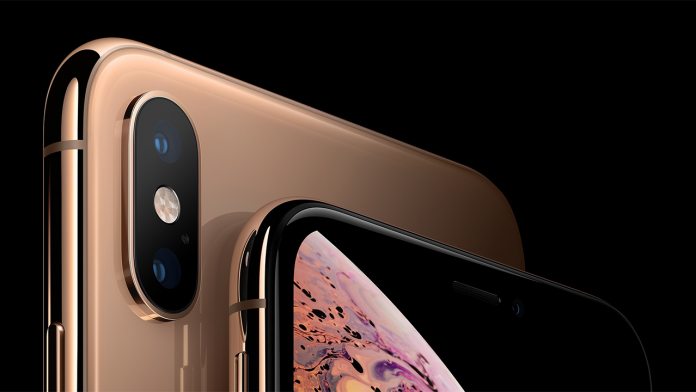The cameras use a technique known as Time of Flight (TOF) sending out invisible beams and measuring how long they take to return in order to create a 3D model. It’s not the corny red and blue glasses the name implies, then, but something that could actually be useful. According to Sony, its sensors could be used in mixed reality to model the environment, or even hand gestures to perform spells or other functions in games. Chips from other manufacturers already see use in front facing cameras, where they’re used to power facial recognition unlock.
The Year of 3D?
However, it’s currently unclear if 3D rear Cameras are a technology consumers will get behind. Sony sensor division head Satoshi Yoshihara naturally thinks so. “Cameras revolutionized phones, and based on what I’ve seen, I have the same expectation for 3D,” he said. “The pace will vary by field, but we’re definitely going to see adoption of 3D. I’m certain of it.” Those are bold words, but the industry does tend to follow Apple. If the smartphone giant is implementing the tech in 2019, it’s likely others will follow. However, it’s likely the move would push up prices even more, with relatively few benefits. It’ll be interesting to see if smartphone manufacturers can come up with ideas to really sell the feature to consumers, or if it will simply be used for back-facing animoji support.




